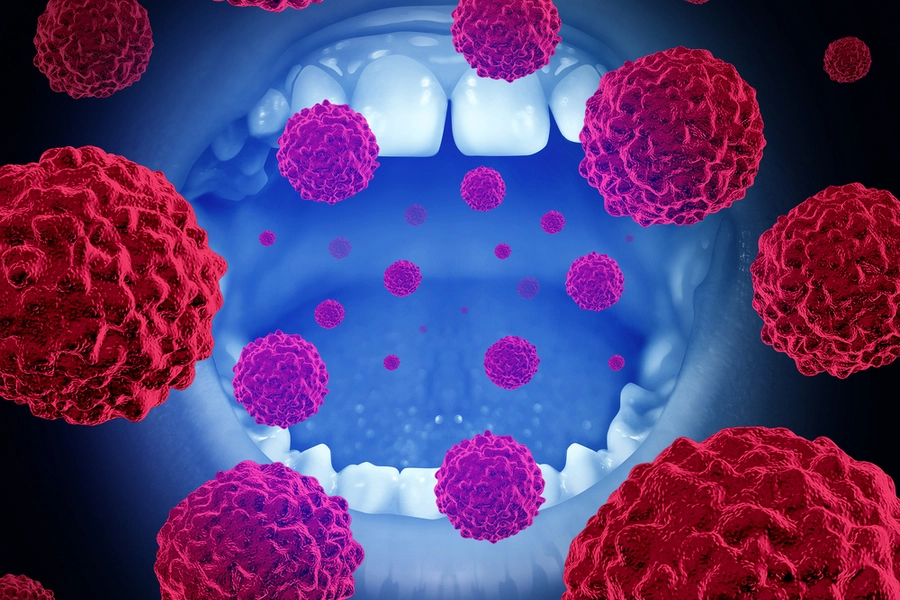Chinese scientists develop new tooth-repairing gel

Chinese scientists have developed a new tooth-repairing gel, which could spell the end of fillings.
Researchers at the Zhejiang School of Medicine have created a unique gel formula, which is capable of regenerating the tooth enamel. The team’s innovative liquid solution contains calcium and phosphate ions, which are mixed into an alcohol-based solution with an organic compound known as trimethylamine. The formula produced minute clusters of calcium phosphate, which measured 1.5nm in diameter. This substance is the main component of enamel.
When applied to the tooth surface, the researchers found that their gel created a new layer of enamel. In just 48 hours, the gel had produced an enamel coating, which was approximately 3 micrometres in thickness.
Dr Zhaoming Lee, co-author of the study, explained that the newly-produced enamel has the same properties as natural enamel tissue, and could therefore help to promote enamel growth and tooth repair without the need for fillings. The team is hoping to start trials involving human participants within the next two years.
The discovery is exciting because natural enamel tissue is not capable of regeneration, and as such, we rely on fillings and other restorations to strengthen the teeth, fill cavities and repair damage. With this gel, it may be possible to restore the teeth without using additional materials, which will enhance patient satisfaction, improve the longevity of results, and save money.
Having discussed the development of the new gel with dental professionals, Dr Lee, study leader, Professor Tang Ruikang, and the rest of the team are confident that this is a solution that can make a real difference within the world of dentistry, and it could pave the way for a new way of permanently protecting and restoring the teeth. Dr Sherif Elsharkawy, a prosthodontic expert from King’s College London, described the breakthrough as “very exciting.”
The findings of the study have been published in the Science Advances journal.


